PARP
Poly (ADP-ribose) polymerases (PARPs) is a large family of proteins with a conserved catalytic domain that catalyze an immediate DNA-damage-dependent post-translational modification of histones and other nuclear proteins leading to the survival of injured proliferating cells. So far, a total number of 18 human PARP proteins encoded by different genes have been identified, including PARP-1 to PARP-4, PARP-5a, PARP-5b, PARP-5c and PARP-6 to PARP-16. The general structural of PARP proteins has been revealed through the extensive study of the founding family member PARP-1, which is characterized by the presence of four functional domains, including a DNA-binding domain, a caspase-cleaved domain, an automodification domain and a catalytic domain.
-
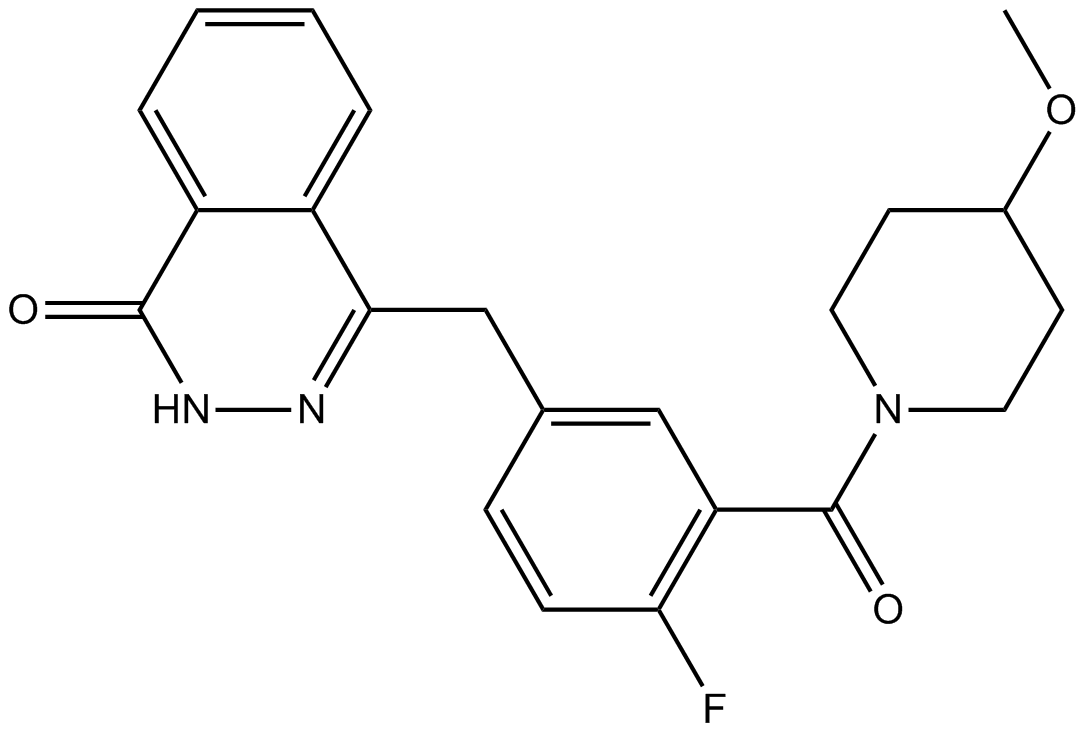 A4164 AZD2461Target: PARPSummary: Novel PARP inhibitor
A4164 AZD2461Target: PARPSummary: Novel PARP inhibitor -
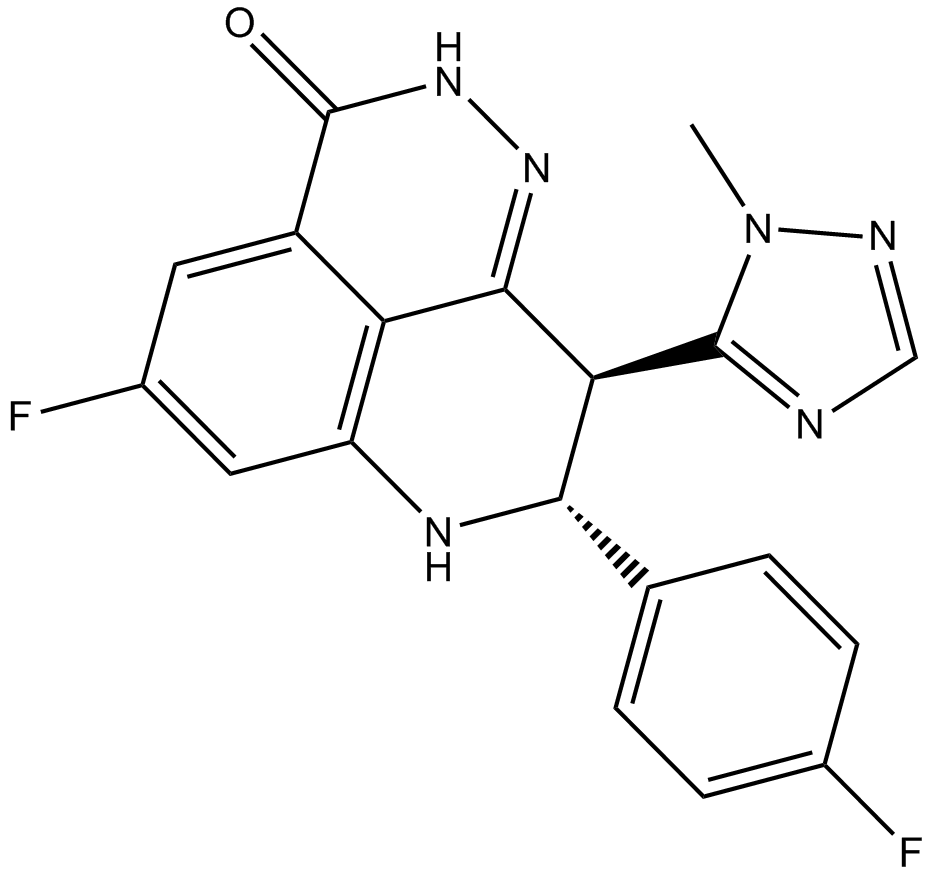 A3246 BMN-673 8R,9S1 CitationSummary: Inactive form of BMN 673, used as negative control
A3246 BMN-673 8R,9S1 CitationSummary: Inactive form of BMN 673, used as negative control -
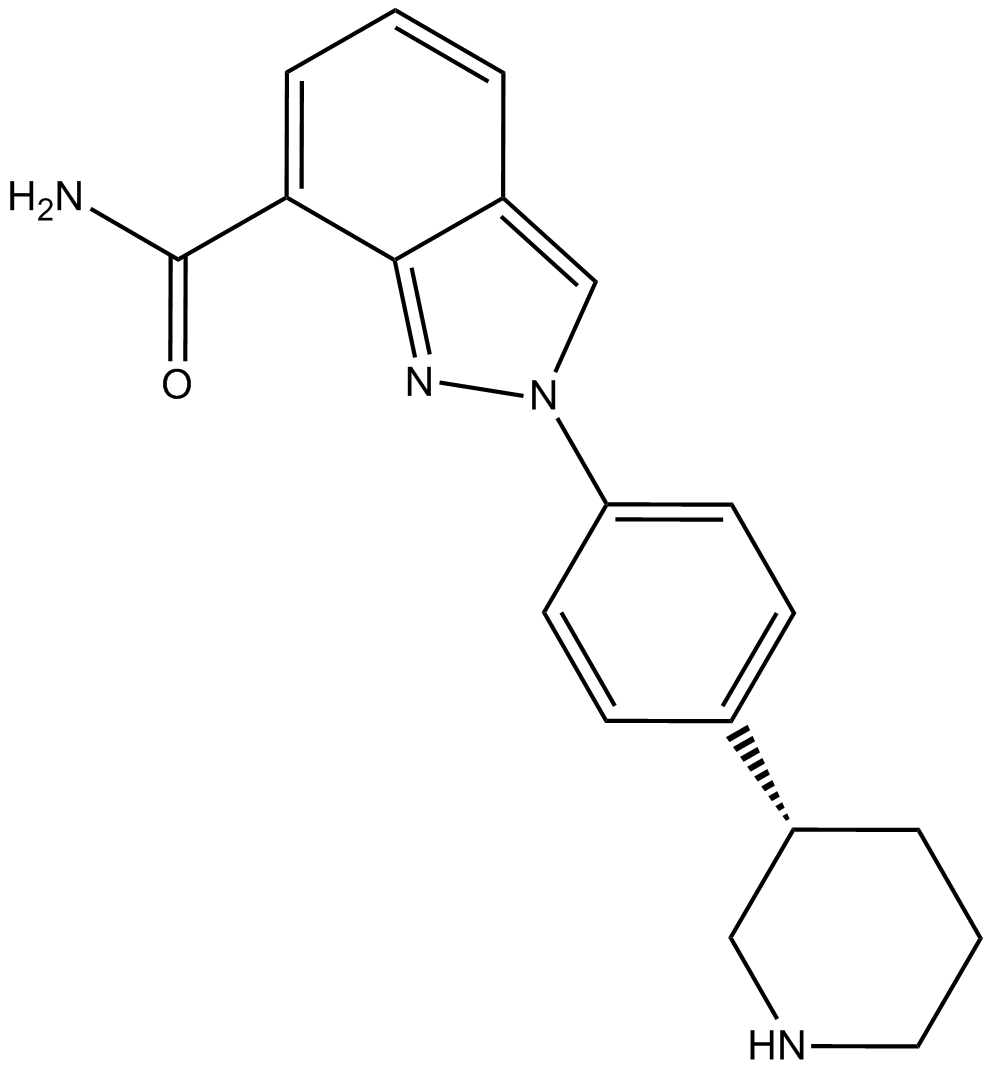 A3617 MK-4827Target: PARPSummary: PARP-1/-2 inhibitor,potent and selective
A3617 MK-4827Target: PARPSummary: PARP-1/-2 inhibitor,potent and selective -
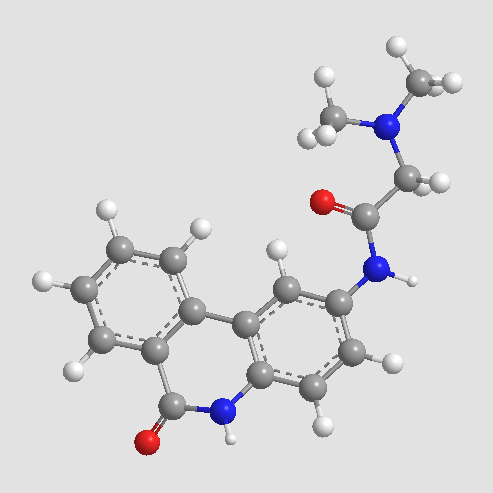 A3729 PJ34Target: PARPSummary: PARP-l inhibitor
A3729 PJ34Target: PARPSummary: PARP-l inhibitor -
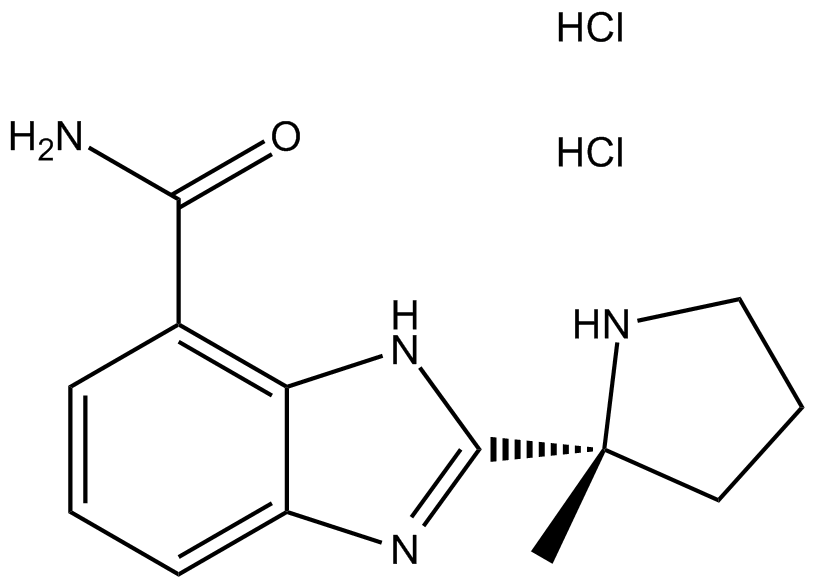 A3958 Veliparib dihydrochlorideTarget: PARPSummary: PARP-1/PARP-2 inhibitor
A3958 Veliparib dihydrochlorideTarget: PARPSummary: PARP-1/PARP-2 inhibitor -
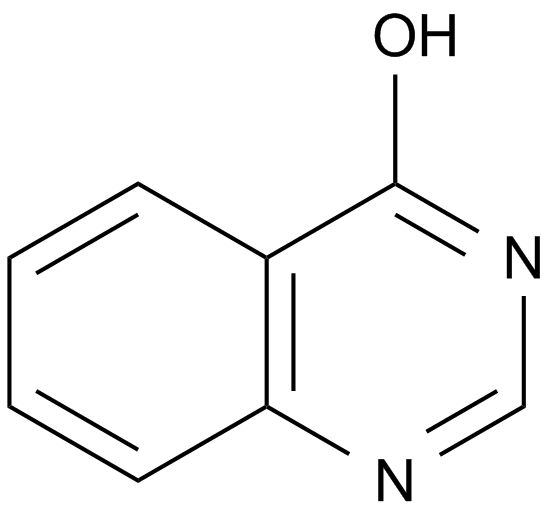 A4524 4-HQNSummary: PARP inhibitor
A4524 4-HQNSummary: PARP inhibitor -
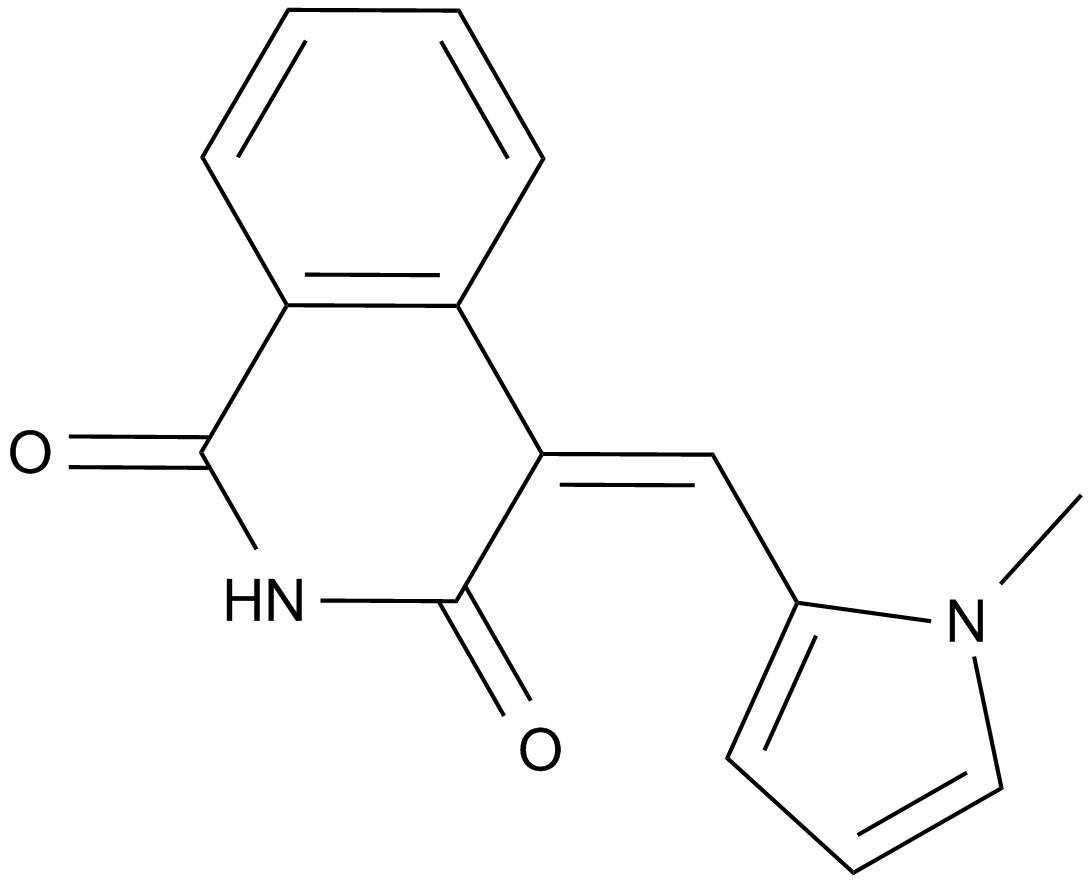 A4525 BYK 204165Summary: PARP-1 inhibitor,potent and selective
A4525 BYK 204165Summary: PARP-1 inhibitor,potent and selective -
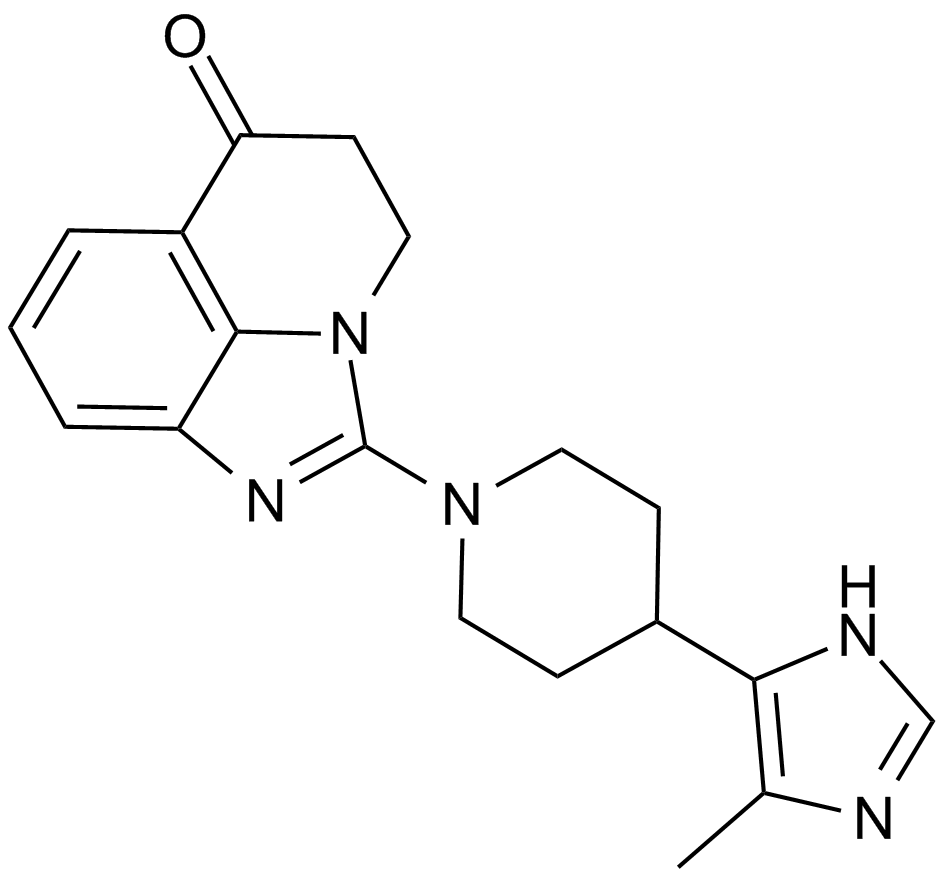 A4526 BYK 49187Summary: Potent PARP-1/PARP-2 inhibitor
A4526 BYK 49187Summary: Potent PARP-1/PARP-2 inhibitor -
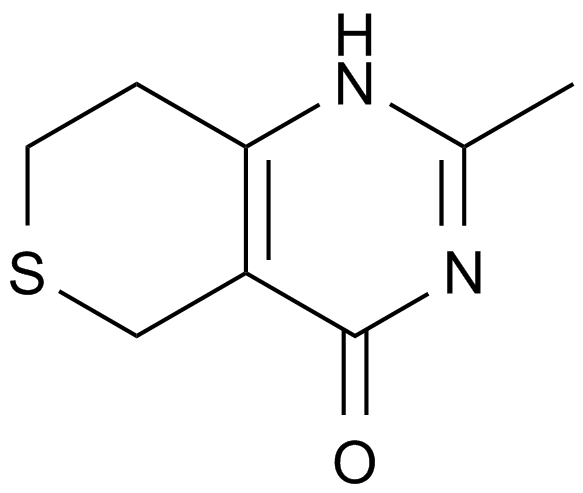 A4527 DR 2313Summary: PARP inhibitor
A4527 DR 2313Summary: PARP inhibitor -
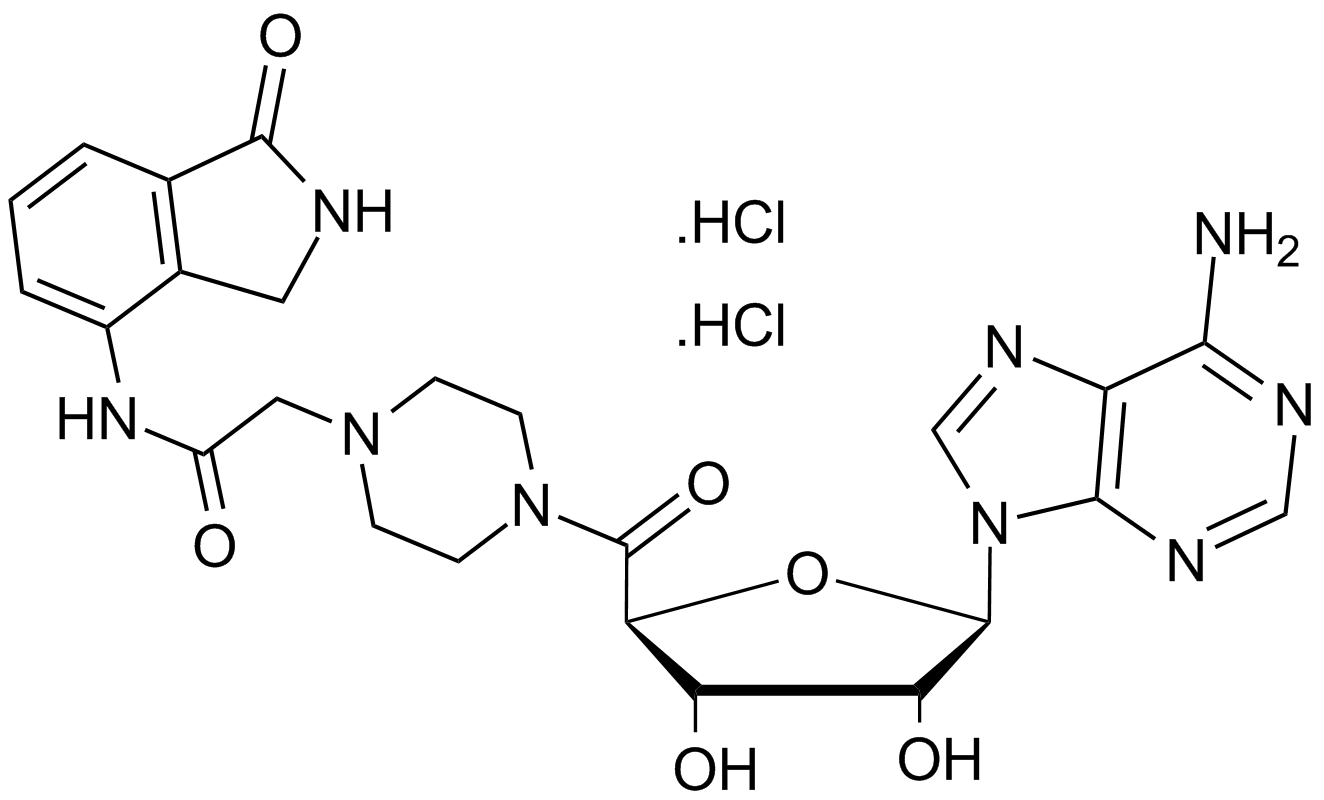 A4528 EB 47Summary: Potent PARP-1 inhibitor
A4528 EB 47Summary: Potent PARP-1 inhibitor

